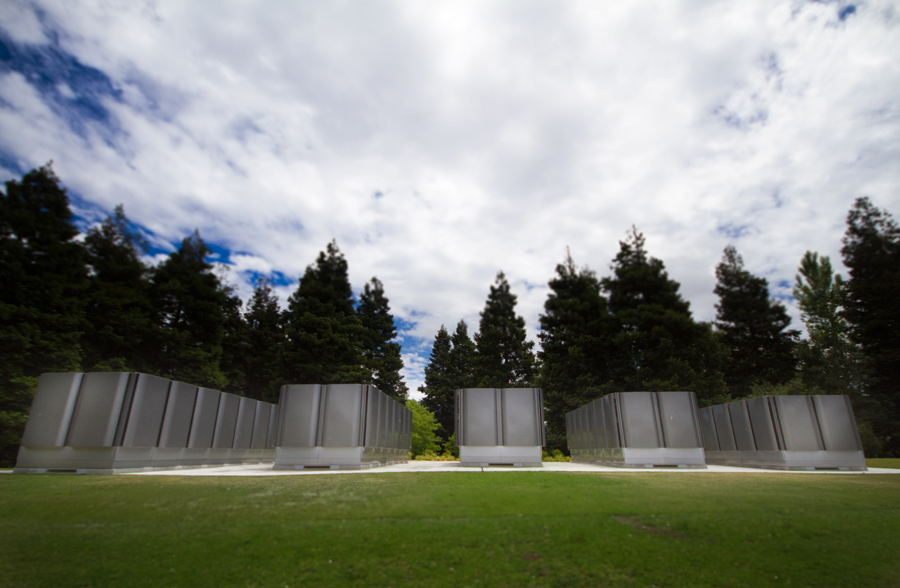The U.S. Environmental Protection Agency’s (EPA’s) plan to regulate carbon emissions is just the latest challenge facing the U.S. electric power system. Technological innovation is disrupting old ways of doing business and accelerating grid modernization. Earlier this year, AEE released Advanced Energy Technologies for Greenhouse Gas Reduction, a report detailing the use, application, and benefits of 40 specific advanced energy technologies and services. This post is one in a series drawn from the technology profiles within that report.

A fuel cell generates electricity by electrochemical reaction, converting the chemical energy in fuel into electricity without combustion. It relies on the same principle as a battery except that the reactants are fuel and air (or pure oxygen), as opposed to the chemicals stored in a battery. Most fuel cells utilize hydrogen as fuel, with water and heat the only byproducts. With natural gas the main source of hydrogen widely available, fuel cell power plants also contain equipment for “extracting” hydrogen from natural gas through a process called steam reforming. Other fuels that have been used with fuel cells include biogas (e.g., from landfills or anaerobic digestion), and for transportation or portable applications, methanol, ethanol, and even gasoline and diesel. Fuel cells are efficient uses of fuel for electricity generation, especially compared to onsite diesel or gas generators, with conversion efficiencies approaching 60%.
Fuel cells markets are small but growing. In 2013, global shipments were about 215 MW, up from 86 MW in 2009. Fuel cells are being used by many different industries, including computing and software, media, construction, food and beverage processing, grocery stores, hotels, warehouse, and distribution. The main application globally has been combined heat and power (CHP), but in the United States, onsite generation reflects the highest use, with revenue for such fuel cell units reaching an estimated $130 million in 2013. Fuel cells are being used to provide ultra-high reliability power for critical operations such as data centers, as an alternative to other uninterruptible power supply systems. Apple and Microsoft are using fuel cells with renewable fuels to avoid relying on grid power for their corporate data centers. Walmart has installed over 12 MW of Bloom Energy systems across more than 40 projects at their retail stores and distribution centers around the country. An emerging application is grid support, where fuel cells are sited strategically on a utility network. For example, Delmarva Power, Dominion, and NRG Energy are adding fuel cell capacity to deliver reliable power to their grid networks.
Fuel cells are extremely quiet generation sources, which makes them ideal for onsite generation.6 Fuel cells produce very low levels of criteria pollutants and fewer greenhouse gases than traditional energy sources. EPA estimates that installed fuel cells in the United States reduce CO2 emissions by 17,000 tons per year. Capital costs for fuel cells remain relatively high, but are expected to fall as the market grows and manufacturing scales up.
